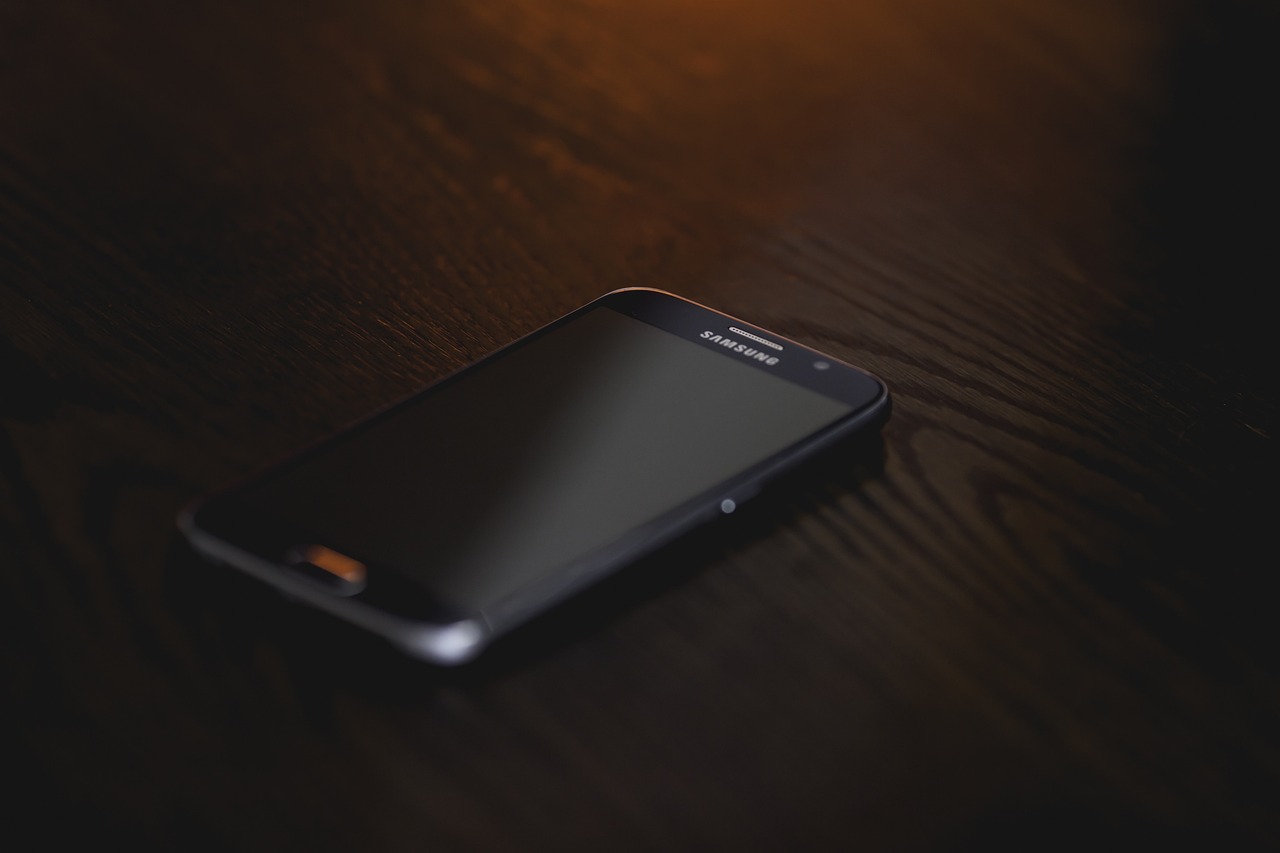The Rise of Augmented Reality in Marketing Campaigns
Augmented reality (AR) is revolutionizing marketing campaigns by providing a more engaging and interactive experience for consumers. Incorporating AR technology allows brands to create immersive experiences that capture the attention of their target audience and differentiate themselves from competitors. By utilizing AR in marketing campaigns, companies can boost brand awareness, increase customer engagement, and drive conversions.
Moreover, AR offers a unique opportunity for brands to showcase their products in a virtual environment, allowing customers to visualize and interact with them in a way that traditional advertising methods cannot match. This not only enhances the overall shopping experience for consumers but also helps build trust and credibility for the brand. With the ability to create memorable and shareable experiences, incorporating AR into marketing campaigns can lead to increased customer loyalty and long-term success for businesses.
Key Features of Augmented Reality Technology
Augmented reality technology is characterized by its ability to overlay digital information onto the real world, creating an immersive and interactive experience for users. One key feature of AR is its markerless tracking, which allows virtual elements to be seamlessly integrated into a user’s surroundings without the need for physical markers or triggers.
Another essential feature of augmented reality technology is its real-time interaction capability, enabling users to engage with virtual elements in a dynamic and immediate way. This real-time aspect ensures that users can interact with AR content continuously, without any lag or delay, enhancing the overall user experience and making the technology feel more natural and intuitive.
• Markerless tracking allows virtual elements to be seamlessly integrated into the user’s surroundings
• Real-time interaction capability enables users to engage with AR content dynamically
• Users can interact with AR content continuously without lag or delay
Successful Case Studies of Augmented Reality in Marketing
One notable case study of augmented reality in marketing is the campaign by IKEA. The furniture giant introduced an AR app that allowed customers to virtually place furniture in their homes before making a purchase. This immersive experience not only enhanced customer engagement but also increased the likelihood of a sale, as shoppers could better visualize how the products would fit in their space.
In another successful example, Coca-Cola utilized augmented reality to bring their packaging to life. By scanning the logo on their bottles with a smartphone, consumers could access interactive content such as games, videos, and special promotions. This innovative approach not only drove customer interaction but also created a memorable and engaging brand experience, setting Coca-Cola apart from competitors in a crowded market.
How can incorporating augmented reality benefit marketing campaigns?
Incorporating augmented reality in marketing campaigns can increase customer engagement, provide interactive experiences, enhance brand awareness, and drive sales.
What are some key features of augmented reality technology?
Some key features of augmented reality technology include real-time interaction with virtual elements, integration with mobile devices, 3D visualization, and personalized user experiences.
Can you provide some successful case studies of augmented reality in marketing?
Yes, some successful case studies of augmented reality in marketing include IKEA’s Place app for virtual furniture placement, Pokemon Go’s interactive game experience, and Coca-Cola’s AR packaging campaigns.





